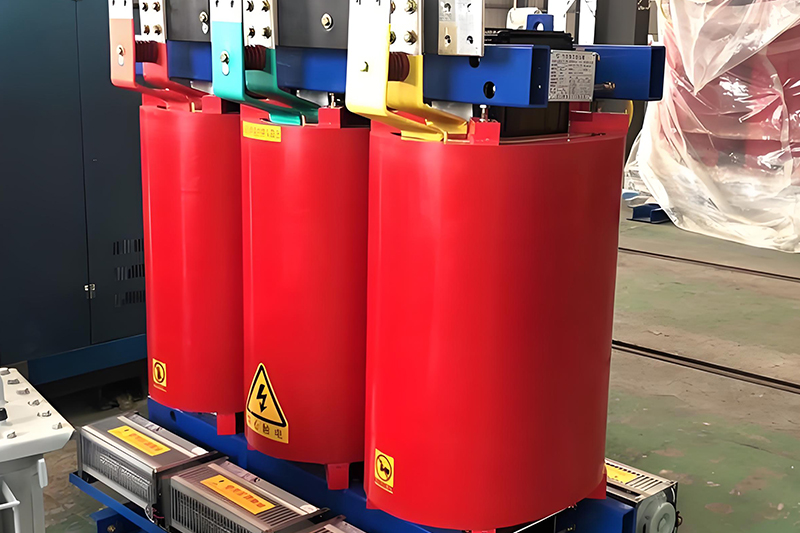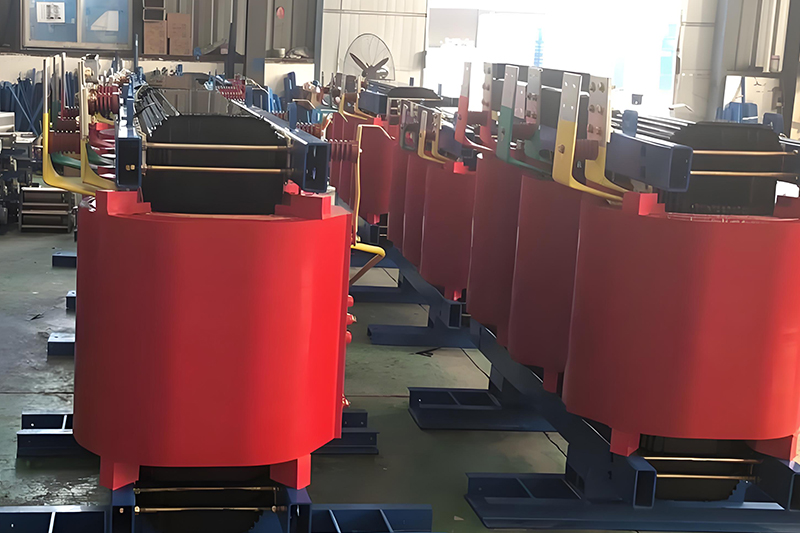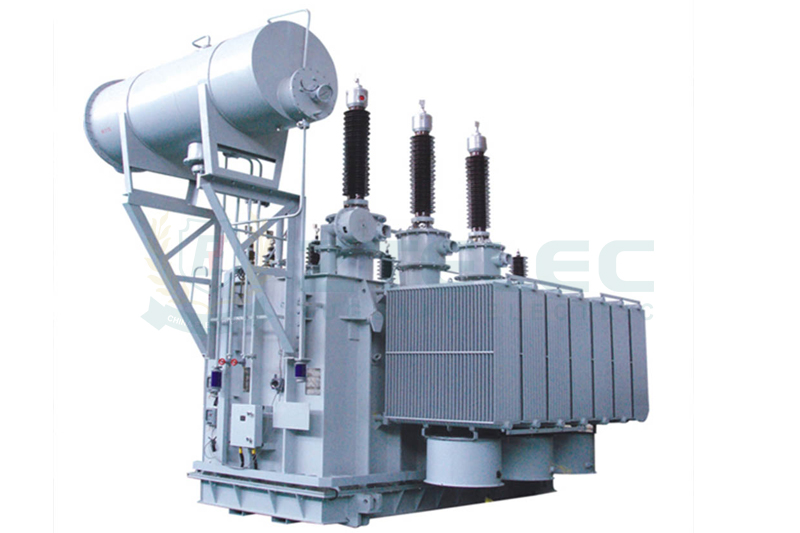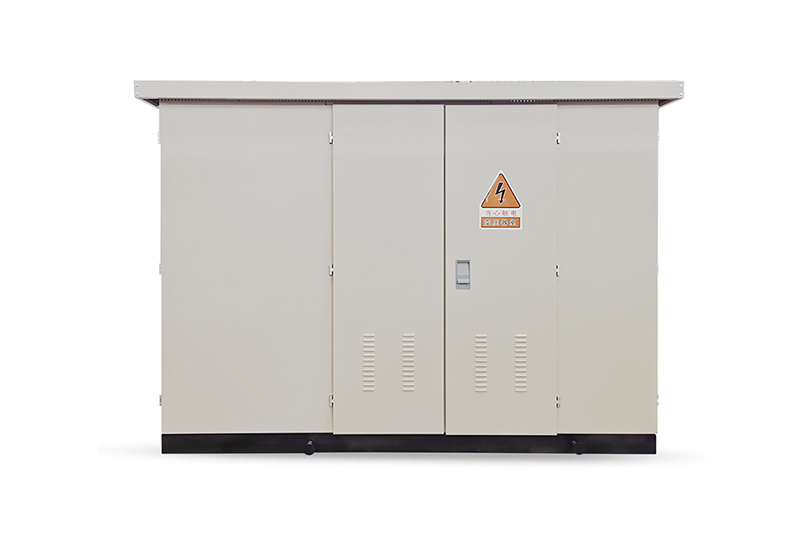Does Energy Efficiency Rating Affect Transformer Prices?
Time:2025-06-25 Auther:ZTelec-www.ztelectransformer.com
The energy efficiency rating of a transformer is a key factor that directly influences its market price. A higher efficiency rating means lower energy loss during power conversion, reduced operating costs, and improved sustainability. This article explores how different efficiency levels impact the price and performance of dry-type transformers, helping users make informed purchasing decisions.

Understanding Transformer Energy Efficiency Levels
Level 1 Efficiency
Level 1 represents the highest energy efficiency standard in the industry. Transformers at this level use premium materials such as high-permeability silicon steel, low-resistance copper windings, and advanced insulation systems. They also integrate sophisticated manufacturing processes like vacuum pressure impregnation and intelligent temperature control. Although their initial cost is higher, Level 1 transformers deliver exceptional long-term savings and energy performance.
Level 2 Efficiency
Level 2 efficiency transformers offer a good balance between cost and performance. They are slightly less efficient than Level 1 but significantly more affordable, making them suitable for applications where budget constraints exist but energy savings are still important.
Level 3 and Below
Transformers below Level 2 have noticeably lower energy efficiency and higher power losses. While the upfront price is low, the long-term operating cost is significantly higher due to excessive energy waste. In many regions, Level 3 transformers are being phased out or banned due to outdated technology and environmental concerns.
How Efficiency Ratings Impact Transformer Prices
Price Difference by Efficiency Level
Transformers with Level 1 efficiency are generally 20% to 30% more expensive than Level 2 models. Level 2 units, in turn, are roughly 30% pricier than Level 3 models. For example, an 800kVA dry-type transformer with SCB18 (Level 1) design can cost around 30% more than an SCB14 (Level 2). Similarly, SCB14 is about 30% more expensive than SCB12 (Level 3).
Cost Structure Breakdown
Higher efficiency ratings increase both material and production costs. These include:
– Use of premium silicon steel with 20%–40% higher magnetic permeability
– Low-resistivity copper windings to reduce electrical losses
– Thin, high-grade insulation for compact, efficient designs
– Advanced production methods such as laser cutting, automated coil winding, and vacuum impregnation
These improvements add to the overall cost but significantly enhance performance and reliability.

Other Key Factors Influencing Transformer Prices
Capacity: Larger capacity transformers require more core and winding material, resulting in higher costs.
Voltage Rating: Higher voltage transformers need enhanced insulation and more complex designs, which increase the price.
Material Selection: Copper windings and high-grade silicon steel raise costs but offer better efficiency and lower losses.
Brand and Certification: Reputable brands and models that meet global standards such as IEC or ANSI often command premium prices.
Market Conditions: Fluctuations in raw material costs (especially copper and steel) and supply-demand trends directly impact transformer pricing.
Choosing the Right Transformer Efficiency Level
Match Efficiency to Demand
For enterprises with high energy usage or strict carbon emission targets, investing in Level 1 or Level 2 energy-saving transformers is highly recommended. For less demanding scenarios, Level 2 offers a solid compromise between price and performance.
Evaluate Lifecycle Costs
Initial price is only part of the equation. Long-term energy savings, reduced maintenance, and longer lifespan make high-efficiency transformers a better investment over time.
Align with ESG and Green Goals
Choosing energy-efficient transformers supports corporate environmental strategies and helps improve ESG ratings. They reduce carbon footprints and contribute to global decarbonization efforts.
Efficiency Drives Value
There is a clear positive relationship between transformer energy efficiency ratings and pricing. While high-efficiency models come with a higher upfront cost, they deliver considerable long-term benefits through energy savings, operational reliability, and sustainability. Businesses should adopt a long-term perspective, prioritizing efficiency and total cost of ownership to enhance both financial and environmental performance.




